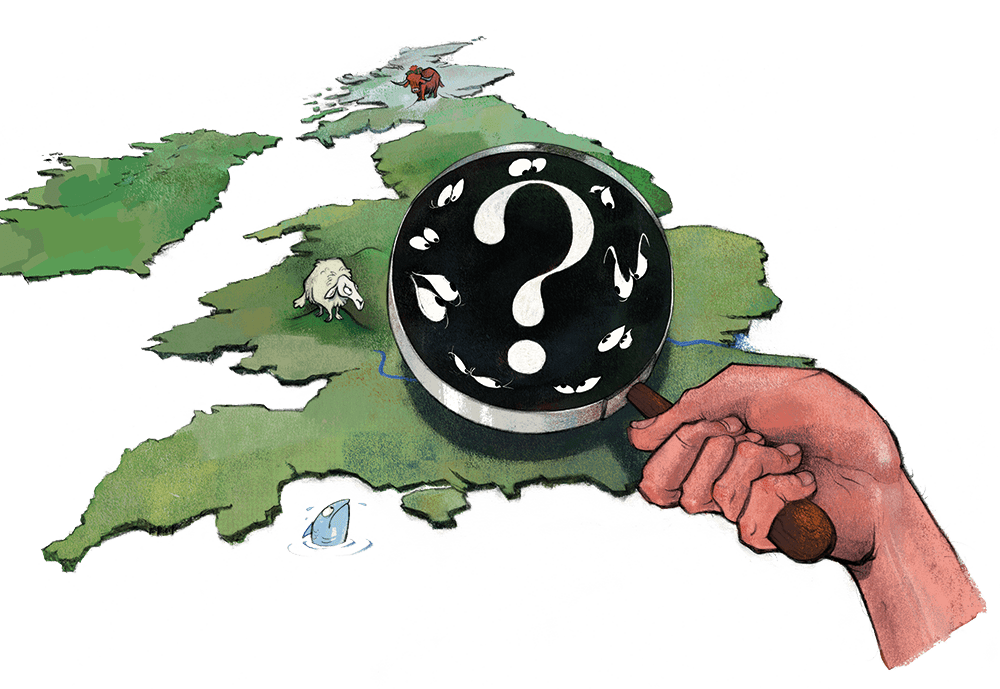New migration data released today by the Office for National Statistics (ONS) suggests Britain really is becoming an ‘island of strangers’. Around one in 25 people living in Britain today arrived in just the last four years.
Nevertheless, there were probably sighs of relief in Downing Street this morning when the ONS data showed net migration last year had fallen by almost 50 per cent to 431,000. Keir Starmer and Yvette Cooper could hardly have dared hope for better numbers.
As things stand, by the time of the next census in 2031, almost a quarter of the population will be first generation migrants
That reduction is mostly due to changes made during the dying days of the last Conservative administration, resulting in several hundred thousand fewer visas being issued in 2024 compared to 2023. Of course, whether the public will give the Tories any credit for this is another matter. Having put in place an immigration system that saw annual net migration peak at 906,000 – while also failing to stop the small boats – trust in the Conservatives is in short supply.
But as Labour and the Conservatives tussle over who should get credit for this reduction in numbers, we shouldn’t lose sight of the bigger picture. By any reasonable historical standard, net migration of 431,000 is still a massive number – it is seven times the average rate of the 1990s and 100,000 higher than in 2015, when public anger about immigration led to Brexit.
On the current trajectory, net migration will probably come down a bit further in coming years – but not by much. The ONS has projected that it will settle at around 340,000 per year towards the end of the 2020s. Reading between the lines of Labour’s immigration white paper, the government seems to be aiming for a slightly lower figure, of between 200,000 and 300,000.
Neither the Conservatives nor Reform are intent on letting this become the new normal – quite the opposite. But they are not the ones with their hands on the levers of power for the next few years. And if Labour isn’t prepared to go further than the immigration white paper, the consequences for the country could be profound.
As things stand, by the time of the next census in 2031, almost a quarter of the population will be first generation migrants. Many will have only rudimentary English. Others will barely interact with anyone outside of their own insular communities. They will be living what the 2016 Casey Review called ‘parallel lives’. What will this do for national cohesion and social trust? This is what Starmer was getting at with his ‘island of strangers’ line.
Living standards for people already here – of any background – are likely to suffer too. Take the housing crisis, for instance. In England, even before the post-2020 ‘Boriswave’ migration surge, decades of not building enough meant that we were about four million houses short of what we needed. Since 2021, cumulative net migration of 2.65 million people has added around 3.9 per cent to the population of the UK. If historical patterns hold, about 90 per cent of this population growth will be in England.
If net migration were to continue at a rate of around 340,000 people per year, we would also need to be increasing the housing stock in England by around 356,000 homes every single year just to stay still, without making even the smallest dent in the massive housebuilding backlog. This makes a mockery of Labour’s target of 1.5 million new homes this parliament.
Of course, it’s not only the overall numbers that matter, but also the composition. The new ONS data shows that even with the visa changes introduced last year, just 15 per cent of non-EU immigrants were coming here as actual workers on work visas.
Indeed, of the 3.59 million non-EU nationals who arrived in Britain since 2021, just 571,000 did so as workers on work visas – as opposed to dependants on work visas, students, dependants of students, or as family members or refugees. Overall, this is not a mix that is optimised for the benefit of the economy.
There has also been a net outflow of EU migrants. All the historical and comparative data suggests that on average, they tend to pay more in taxes and use less in public services than non-EU migrants.
Interestingly, for the first time, the ONS has also published net migration data by age and sex for 2024. Notably, 19 per cent of non-EU net migration last year was made up of children. This means nearly one fifth of migrants to the UK are likely to be dependent on the state for several years before they contribute to the economy.
But the main thing to take away from this new net migration data is that there is still a lot to be done before we have a functional immigration system that serves the interests of the British people.







Comments